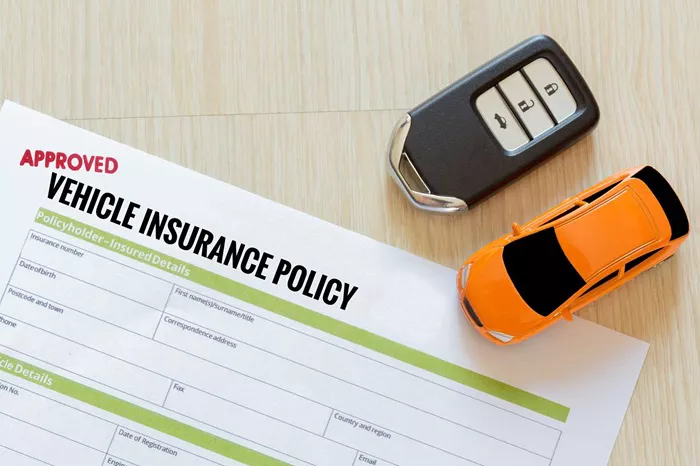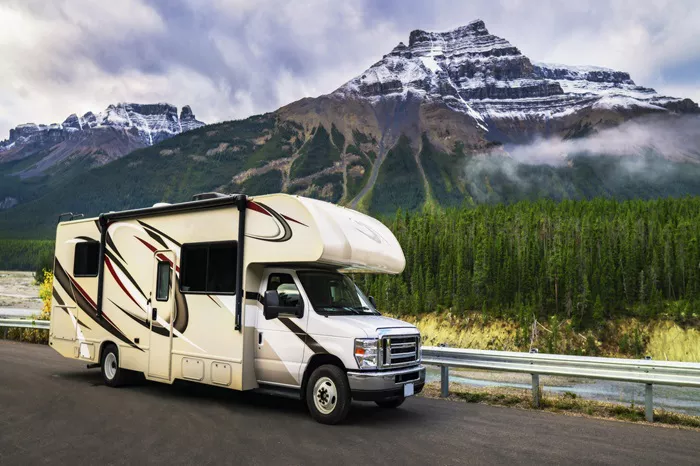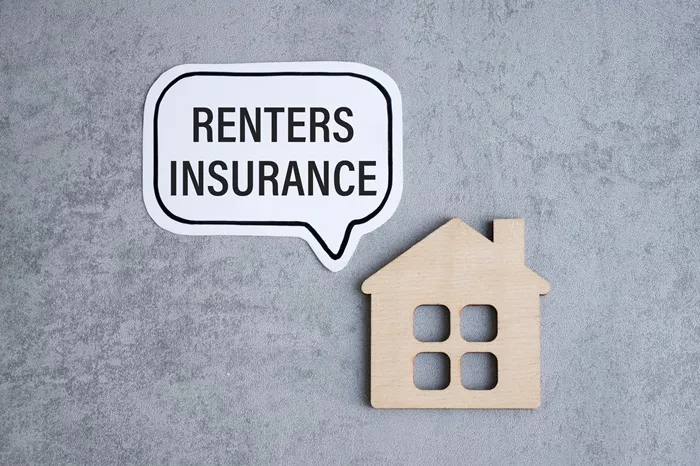Determining how much auto liability insurance you need is a critical decision that can have significant financial implications. How much auto liability insurance should I have? is a question that many drivers grapple with. In this article, we will explore various factors that influence the amount of coverage you should consider, the minimum requirements, and recommendations for adequate protection. We will also address common misconceptions and provide guidance to help you make an informed decision about your auto liability insurance needs.
Understanding Auto Liability Insurance
Auto liability insurance serves as a financial safeguard, covering damages and legal expenses resulting from accidents for which you are found responsible. This type of insurance consists of two main components, each serving a distinct purpose:
Bodily Injury Liability: This component of auto liability insurance covers medical expenses, lost wages, and other damages for individuals who are injured as a result of an accident that you caused. It ensures that the injured parties receive appropriate compensation for their injuries and financial losses.
Property Damage Liability: Property damage liability covers the costs associated with repairing or replacing property that you damage in an accident. This includes vehicles, buildings, and other structures that may be affected by your actions. It helps ensure that the financial burden of property damage is addressed appropriately.
Factors Influencing the Amount of Coverage
Several factors play a role in determining the amount of auto liability insurance coverage you should have. These factors include your state’s minimum requirements, your personal financial situation, driving habits, vehicle value, and the potential financial impact of an accident. Understanding these factors is essential for selecting the right coverage limits.
1. State Minimum Requirements
Each state has established minimum coverage requirements for auto liability insurance, which are designed to provide a basic level of protection for drivers. However, these minimums may not always be sufficient to cover all expenses in the event of a serious accident.
Understanding State Laws: It is important to familiarize yourself with the specific minimum liability coverage requirements in your state. This knowledge ensures that you are compliant with legal regulations and avoids potential penalties.
Evaluating Coverage Adequacy: While meeting state minimum requirements is necessary, it is crucial to assess whether this coverage is adequate based on your personal financial situation and potential risks. Minimum coverage might not provide enough protection if you face substantial financial losses.
2. Personal Assets and Financial Situation
Your personal assets and financial situation are significant factors in determining the appropriate amount of liability insurance coverage. Adequate coverage helps protect your assets from being seized in the event of a lawsuit.
Protecting Your Assets: If you have substantial assets, such as a home, savings, or investments, higher liability limits are advisable. This additional coverage helps safeguard these assets from being targeted in a legal claim resulting from an accident.
Assessing Financial Risk: Evaluate your financial stability and risk tolerance when determining your coverage needs. Higher liability limits can provide peace of mind by offering greater protection against potential financial risks.
3. Driving Habits and Risks
Your driving habits and the risks associated with your daily commute can impact the amount of coverage you require.
High-Risk Areas: If you frequently drive in areas with high traffic congestion or elevated accident rates, you may need increased coverage limits. These conditions can raise the likelihood of accidents and subsequent claims.
Driving Frequency: The frequency with which you drive also affects your risk level. Frequent driving can increase the probability of being involved in an accident, making higher coverage limits more appropriate.
4. Vehicle Value
The value of your vehicle is another consideration when determining your liability insurance needs.
High-Value Vehicles: If you own a high-value or luxury vehicle, it is prudent to have higher liability limits to cover potential damages. The cost of repairing or replacing a high-value vehicle can be substantial.
Affordable Vehicles: For vehicles with lower value, assess whether the minimum coverage is sufficient or if additional coverage is warranted. Consider the potential costs of damages relative to your vehicle’s value.
See Also:
5. Financial Impact of an Accident
Understanding the potential financial impact of an accident helps determine the appropriate liability coverage limits.
Medical Costs: Accidents can lead to significant medical expenses for injured parties. Higher liability limits help ensure that these costs are covered, reducing the risk of out-of-pocket expenses.
Property Damage: Property damage resulting from an accident can be extensive. Adequate coverage helps manage the costs associated with repairing or replacing damaged property.
Choosing the Right Coverage Limits
Selecting the right liability coverage limits involves finding a balance between your coverage needs and your budget.
Consider Higher Limits: Opting for higher liability limits provides more comprehensive protection and can prevent financial strain in the event of a severe accident. This decision ensures you have adequate coverage for various scenarios.
Evaluate Your Budget: Ensure that the coverage limits you select fit within your budget while still providing sufficient protection. It is important to balance financial considerations with the need for comprehensive coverage.
Consult with an Insurance Agent: An insurance agent can provide valuable guidance in assessing your individual needs and recommending appropriate coverage limits. Their expertise helps tailor a policy that meets your specific requirements.
See Also: How Car Insurance Works in Spain: You Need to Know
Common Misconceptions
Understanding auto liability insurance can be complex, and several misconceptions often lead drivers to make less-than-optimal decisions about their coverage. Clarifying these misconceptions can help ensure that you have the appropriate amount of coverage to protect yourself financially. Here are some common misunderstandings:
1. Minimum Coverage is Adequate
Many drivers assume that meeting their state’s minimum liability insurance requirements is sufficient to cover all potential expenses in the event of an accident.
Insufficient Protection: State minimums are designed to provide a basic level of coverage, but they often fall short in serious accidents. The costs of medical bills, legal fees, and property damage can far exceed these minimum limits.
Financial Risks: Relying solely on minimum coverage can leave you exposed to significant financial risk. In a severe accident, you might be responsible for costs that exceed your policy limits, leading to out-of-pocket expenses and potential financial hardship.
2. Higher Coverage Limits Are Too Expensive
Some drivers believe that opting for higher liability limits is prohibitively expensive and that they can’t afford the additional cost.
Cost vs. Protection: While higher coverage limits do come with increased premiums, the additional cost may be relatively modest compared to the protection it offers. Investing in more coverage can prevent substantial financial strain in the event of a serious accident.
Value of Peace of Mind: Higher limits provide greater peace of mind, knowing that you are better protected against large claims. The long-term financial security provided by adequate coverage often outweighs the short-term cost.
3. My Auto Insurance Covers Everything
There is a misconception that auto liability insurance covers all possible expenses related to an accident, including personal injuries and damages to your own vehicle.
Limited Scope of Liability Insurance: Auto liability insurance primarily covers damages and injuries to others when you are at fault. It does not cover damage to your own vehicle or personal injuries sustained by you or your passengers. Separate coverage, such as collision and comprehensive insurance, is required for those needs.
Additional Coverage Needs: To ensure complete protection, consider additional coverage options, such as personal injury protection (PIP) or uninsured/underinsured motorist coverage. These options provide more comprehensive protection for a range of scenarios.
4. My Insurance Will Always Cover Me in Every Situation
Some drivers believe that their insurance will cover them in all driving situations, including when they are driving other people’s vehicles or in other countries.
Exclusions and Limitations: Most auto insurance policies have specific exclusions and limitations. For example, driving a vehicle not listed on your policy or driving in another country may not be covered. Review your policy details to understand the full extent of your coverage.
International Coverage: If you frequently travel abroad, check with your insurance provider about coverage options for driving in other countries. Some policies may offer limited or no coverage outside your home country.
5. My Car’s Value Determines Coverage Needs
A common misconception is that the value of your car directly dictates how much liability insurance coverage you need.
Misunderstanding Coverage Needs: While the value of your vehicle can influence your decision about collision and comprehensive coverage, liability insurance is more about protecting your financial assets from potential lawsuits. High-value vehicles may necessitate higher liability limits to cover potential damages in an accident.
Asset Protection: Focus on how much liability insurance is necessary to protect your personal assets and financial stability, rather than solely considering the value of your vehicle.
Reviewing and Adjusting Your Coverage
Regularly reviewing and adjusting your auto liability insurance coverage ensures that it remains appropriate for your current needs.
Annual Review: Conducting an annual review of your policy allows you to evaluate whether your coverage aligns with your financial situation and driving habits. Regular updates ensure your policy remains relevant.
Life Changes: Make adjustments to your coverage if you experience significant life changes, such as purchasing a new vehicle or acquiring new assets. Updating your policy helps maintain adequate protection.
Conclusion
Determining how much auto liability insurance you should have involves a comprehensive evaluation of various factors, including state minimum requirements, personal assets, driving habits, vehicle value, and potential financial impact. By carefully considering these factors and opting for higher coverage limits when necessary, you can ensure that you have adequate protection to safeguard your financial well-being. Auto liability insurance is not only a legal requirement but also a critical component of responsible driving and financial planning. For personalized advice and recommendations, consult with an insurance agent who can help tailor a policy to meet your specific needs.






















